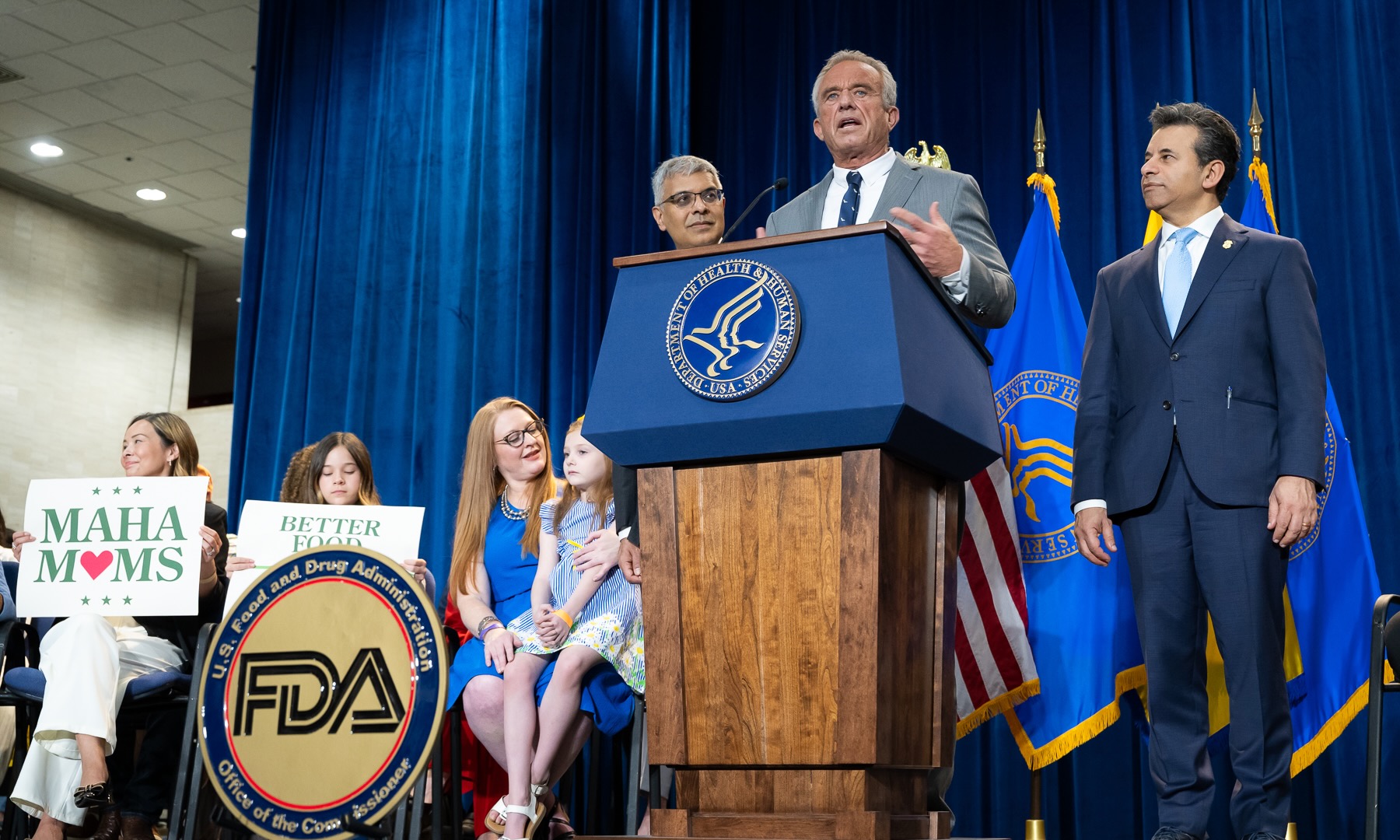Hypertension, commonly known as high blood pressure, is among the most prevalent health issues globally, and managing it adequately is vital for lowering the chances of heart disease, stroke, and kidney damage. The American Heart Association (AHA) has recently issued updated guidance to assist doctors and patients in tackling this condition more efficiently. These modifications are based on fresh evidence, enhanced screening guidance, and more customized treatment strategies, all aiming to enhance patient results and decrease long-term health complications.
The choice to update these guidelines is based on comprehensive studies indicating that earlier measures and more accurate tracking can greatly reduce heart-related incidents. The revised advice seeks to offer clear guidance to medical personnel and people with high blood pressure, highlighting the significance of lifestyle adjustments in combination with medication when required.
A significant modification in the updated guidelines is the categorization of blood pressure levels. Previously, hypertension was identified at a mark of 140/90 mmHg. Currently, the revised criteria consider blood pressure measurements of 130/80 mmHg or above as elevated, encouraging both patients and healthcare providers to tackle possible risks promptly. This change aligns with research associating even slightly raised levels with chronic heart health issues.
The reclassification means that millions of adults who were once considered at risk rather than hypertensive may now fall into a category requiring closer attention. This does not necessarily mean that all these individuals will require medication, but it does signal a greater emphasis on preventive strategies such as dietary improvements, regular physical activity, and stress management techniques.
Changes in lifestyle are central to the AHA’s strategy for managing blood pressure. The guidelines highlight the necessity of embracing heart-friendly behaviors, such as maintaining a balanced diet filled with fruits, vegetables, whole grains, and lean proteins. The DASH (Dietary Approaches to Stop Hypertension) eating plan remains a widely suggested method for naturally lowering blood pressure. Furthermore, cutting down on sodium, moderating alcohol intake, and steering clear of tobacco products are viewed as vital measures.
Physical activity is another critical factor highlighted in the revised guidelines. The AHA encourages individuals to engage in at least 150 minutes of moderate-intensity exercise per week, such as brisk walking, swimming, or cycling. Regular exercise not only helps control blood pressure but also promotes overall cardiovascular health and reduces the likelihood of developing related conditions like diabetes or obesity.
Maintaining a healthy weight is crucial, since carrying extra pounds can increase the pressure on the heart and blood vessels, resulting in elevated blood pressure levels. Even a slight reduction in weight can bring about meaningful improvements in blood pressure, highlighting its importance for individuals who are classified as overweight or obese.
When lifestyle modifications alone do not achieve the desired results, medication becomes a consideration. The revised guidelines provide updated recommendations on when and how to initiate pharmacological treatment. These decisions now take into account not just the numerical value of blood pressure but also an individual’s overall cardiovascular risk profile, including age, family history, and the presence of other conditions such as diabetes or chronic kidney disease.
Another key change involves the method of monitoring blood pressure. The AHA now places greater emphasis on out-of-office measurements, such as home monitoring and ambulatory blood pressure tracking. These tools provide a more accurate picture of an individual’s blood pressure patterns, helping avoid misdiagnosis caused by white-coat hypertension or temporary stress-induced spikes during clinic visits.
In addition to providing guidance for clinicians, the new recommendations encourage patients to take a proactive role in managing their health. Understanding personal blood pressure targets, recognizing the importance of consistent monitoring, and following prescribed treatments are all vital components of successful long-term management. Education and awareness are central to the AHA’s efforts to reduce the prevalence of hypertension-related complications.
The rules also acknowledge the necessity of fairness in providing healthcare services. They emphasize the significance of making sure that every group, including those in regions with limited resources, can access screenings, preventive care, and suitable treatment choices. Differences in managing hypertension have consistently been a point of worry, and tackling these issues continues to be a primary focus for public health efforts.
The revised AHA guidelines represent a significant step toward better prevention and control of high blood pressure. By identifying at-risk individuals earlier, promoting healthier lifestyles, and refining treatment protocols, these updates aim to lower the burden of cardiovascular disease across the population.
For those worried about their blood pressure, the key lesson is the importance of frequent examinations and prompt intervention. Keeping track of measurements at home, talking over the findings with a healthcare professional, and adopting lasting lifestyle modifications can all support better health in the long run. The updated guidelines act as a reminder that even minor changes can significantly impact heart protection and general health maintenance.



